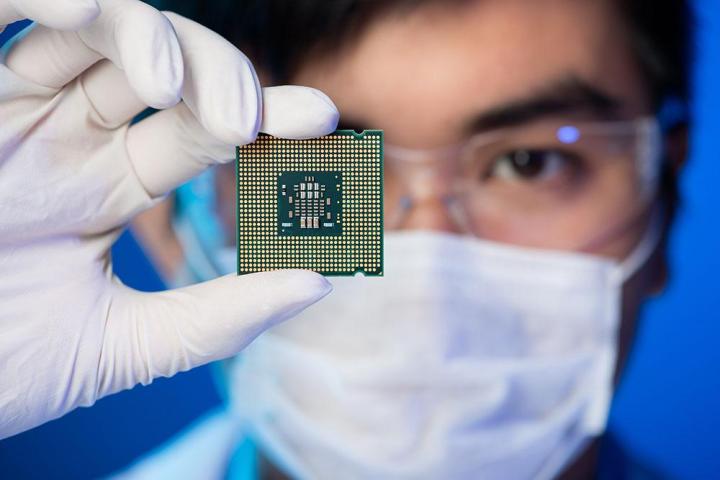
In an investor call regarding the second quarter of 2015, CEO Brian Krzanich announced that the 10nm chips planned for early 2017 will be moving back to late 2017, and there will be one more round of 14nm chips after Skylake, simply called “Lake,” according to ZDNet. This is likely the Kaby Lake architecture leaked late last month.
It’s no secret that technological transitions to smaller and denser platforms have slowed in the last few years. Intel managed to make the move to 14nm with the Broadwell chips in the second half of 2014, while AMD still struggles to go any smaller than the 28nm chips it introduced years ago. That’s not entirely AMD’s fault, as it not longer owns its production facilities. Still, it’s clear all companies that design chips are facing a common problem.
Though almost no details are known about the Lake chips at this time, the core is likely to be responsible for only a small number of processors, and possibly the fastest of that socket, if Intel doesn’t change it again. Other than that, all we have to go off of is Krzanich’s comment that Lake will be built on the same design principles as Skylake, but will add in “key performance enhancements.”
The good news is that Skylake-based CPUs are still very much on track for the second half of 2015. We’ve already seen a few of the motherboards that are ready for the Skylake launch, as well as a couple of enthusiast CPUs built on that architecture. We don’t have an exact release date yet, but when we do we’ll be able to more fully understand the Intel roadmap for the next two years.
Editors' Recommendations
- How 14th-gen Meteor Lake plans to deliver on Intel’s road map
- Intel finally launches 11th-gen Tiger Lake H45. Do its 10nm chips deliver?
- Intel’s first 10nm desktop chips could be twice as fast as predecessor
- Intel’s first 35-watt gaming processors are built on 10nm Tiger Lake
- Intel: Alder Lake chips to launch later in 2021 with ‘enhanced 10nm SuperFin’


